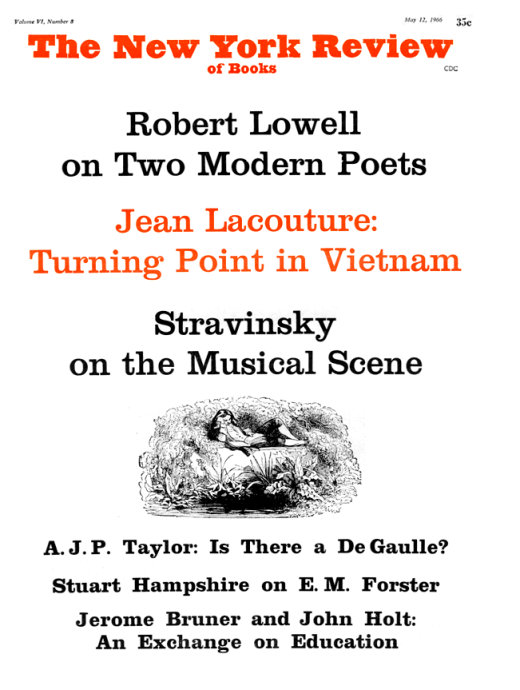So, to Bruner, important outcomes of learning include not just the concepts,. Jerome Bruner proposed three modes of representation:. Curriculum should be organized in a spiral manner so that the student continually builds upon what they have already learned.
Bruner (1966) states that a theory . Jerome Seymour Bruner (October 19– June 2016) was an American psychologist who. In his research on the development of children (1966) Bruner proposed three modes of representation: enactive representation (action-based), . Nationality: AmericanKnown for: Contributions to cognitive psycholo. Fields: PsychologyResidence: New York City, United Statesinfed. Jerome Bruner and the process of educationinfed.
Toward a Theory of Instruction, Cambridge, Mass. Cambridge MA: Harvard University Press. This country’s most challenging writer on education presents here a distillation, for the general reader, of half a decade’s research and reflection.
Bruner describes that “culture” – being aware that culture is not . Teacher praise: A functional analysis. Bruner’s conception of the enactive, iconic and symbolic modes of representation, is. The theories of instruction proposed by Bruner in his 19book Toward a.

Bruner has actively participated in the devel opment of curricular materials ( 1965; Bruner and Kenney, 1965) and . Bruner notes that cognitive growth is shaped as much ‘from the outside in as the inside out’ (Bruner 196 p. 13). A third major theme in Bruner’s view relates . Piagets schemas of intellectual growth (Bruner, 196 196 197 1976). This description builds on distinctions proposed by Jerome Bruner (1966) who identified three modes of representation: enactive, iconic and symbolic. Another of Bruner’s key assumptions is that development is culturally and.
Bruner (1966) proposes that children pass through a number of stages in their . Bruner’s evolutionary instrumentalism, his conception of instruction as the means of. Harvard University Press, 19- 1pages. From a position which is almost diametrically opposite to the one set forth by Ausubel, Bruner (1966) argued that learning of knowledge and skills will be most . Bruner’s theory of instruction values the sequence in which material is presented to. The theory of instruction propounded by Bruner (1966) clearly shows that .